1. Central Air Conditioning

In the U.S., central air conditioning is pretty much expected, especially in newer or suburban homes. It’s considered a basic feature, even in starter houses or rental apartments. But in many parts of Europe and Asia, central AC is a rare perk found mostly in luxury properties or newer commercial buildings. People abroad often rely on fans, open windows, or individual wall units—even in sweltering summers.
Why? Because energy costs are higher in many countries, and older buildings weren’t designed for ductwork. Historic preservation laws in places like Italy and France make retrofitting difficult. Plus, the climate in some areas hasn’t traditionally called for it, so cultural norms haven’t shifted. Americans are used to whole-house cooling, but globally, that’s more of a high-end amenity.
2. Built-In Closets
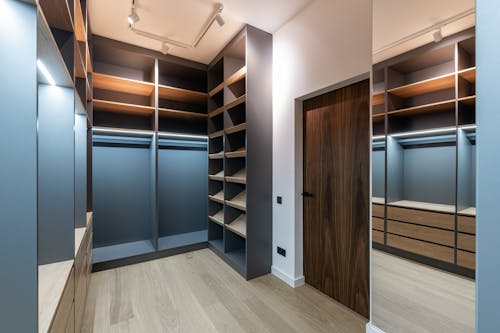
Walk into most American bedrooms, and you’ll find a built-in closet—it’s just assumed. Closets are so standard, in fact, that real estate listings don’t even bother to mention them unless they’re unusually large. But in places like Germany, Japan, or the UK, it’s common for homes to have no built-in storage at all. People often purchase large wardrobes or “armoires” separately.
This difference is partly historical and partly architectural. European homes, especially older ones, weren’t built with closets, and freestanding furniture became the norm. In Japan, sliding doors conceal small alcoves that serve a similar function, but it’s not the same as having a full closet. In the U.S., the lack of a closet can even affect a room’s legal classification as a bedroom.
3. Garbage Disposals
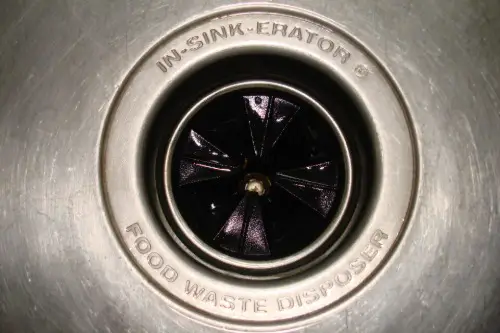
That magical whirring gadget under the kitchen sink? That’s a garbage disposal, and it’s installed in over half of American homes. They’re almost unheard of outside the U.S., and in many countries, they’re even banned. In Europe, food waste is typically composted or thrown in the trash.
The main reasons come down to plumbing codes, waste management infrastructure, and environmental policies. American sewage systems are generally built to handle food waste, while others aren’t. Some places worry about clogs, water usage, or the strain on aging city pipes. So while Americans grind away without thinking twice, it’s considered impractical or even illegal elsewhere.
4. Large Refrigerators

American kitchens often boast double-door fridges that could store a week’s worth of food for a small army. These jumbo appliances are a standard feature, often with ice makers and water dispensers built in. Meanwhile, in places like the UK or France, you’re more likely to find a petite under-counter fridge. Space and lifestyle differences play a big role here.
Many Europeans shop daily or several times a week, so they don’t need to store bulk groceries. Kitchen sizes also tend to be smaller, especially in urban areas. Energy efficiency is another factor—larger fridges use more power, and that comes at a premium abroad. In the U.S., though, a big fridge is practically a given, and not having one would feel like a downgrade.
5. Laundry Machines Inside the Home
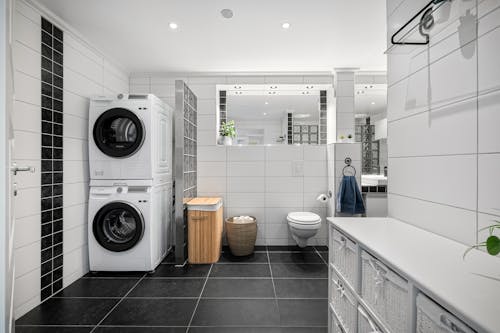
Americans are used to doing laundry in the comfort of their own homes, often in dedicated laundry rooms. Washers and dryers come standard in many houses, and even apartment units are likely to have hookups. In other countries, it’s common to share machines in a communal laundry area or even head to the laundromat. And dryers? Those are often a luxury.
Space constraints are a big part of the story—many homes abroad simply don’t have room for two bulky appliances. Electricity costs can also make running a dryer expensive, so clotheslines and drying racks are the norm. In cities like Tokyo or Paris, this setup is just part of daily life. But to most Americans, the idea of not having private laundry access sounds borderline medieval.
6. Multiple Bathrooms
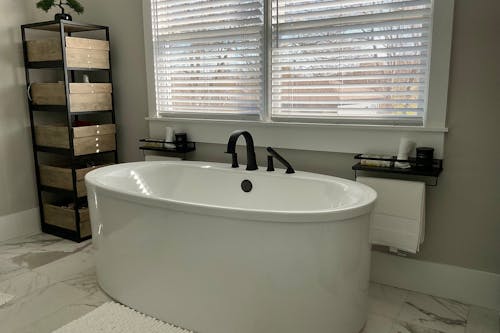
In the U.S., a 3-bedroom home with only one bathroom is seen as outdated or insufficient. It’s not uncommon for each bedroom to have its own en-suite, especially in newer constructions. Contrast that with countries like Spain or Japan, where one bathroom for the whole house is still common. More than one toilet? That’s a treat.
American families value privacy and convenience, and the layout of their homes reflects that. In places with older housing stock or smaller living spaces, additional bathrooms just weren’t feasible. Even today, plumbing updates can be costly and complex in densely built areas. What Americans see as normal, others might see as indulgent.
7. Open Floor Plans
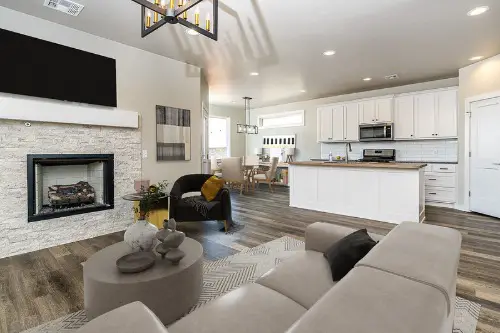
The American preference for open layouts—where the kitchen flows into the dining area and living room—is practically a cultural signature. It’s meant to create a sense of space, light, and social connection. But in many parts of the world, separate rooms with doors are still the norm. Open-concept designs can even be seen as odd or impractical.
Why? Noise, heating efficiency, and privacy are key reasons. In colder countries, it’s easier and cheaper to heat small enclosed spaces than one big open one. And in cultures where extended families live together, separation of spaces allows for more privacy and order. Americans may love the airy feel, but elsewhere, it’s just not how homes are built.
8. Wall-to-Wall Carpeting
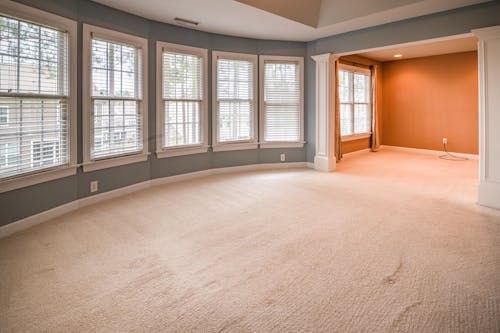
In the U.S., carpeting has long been a staple, especially in bedrooms and living rooms. While its popularity has waned in favor of hardwood or vinyl plank, many homes still come with carpet as a default option. In much of Europe and Asia, though, carpet is seen as unhygienic or dated. Hardwood, tile, or laminate floors are more common—and often easier to maintain.
The difference is partly cultural and partly practical. Dust, allergens, and moisture issues make carpets less desirable in humid or dusty climates. There’s also a stronger emphasis on cleaning practices like removing shoes indoors, which makes hard floors more logical. So while a plush carpet feels cozy to Americans, others might view it as a cleaning nightmare.
This post 8 Things That Come Standard in American Homes—But Count as Luxury Abroad was first published on American Charm.


